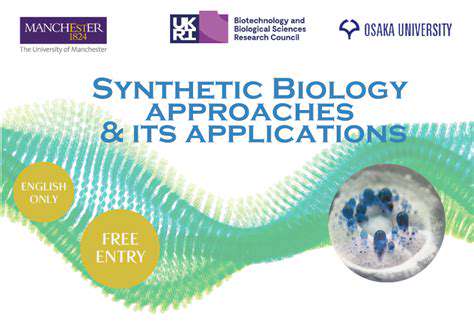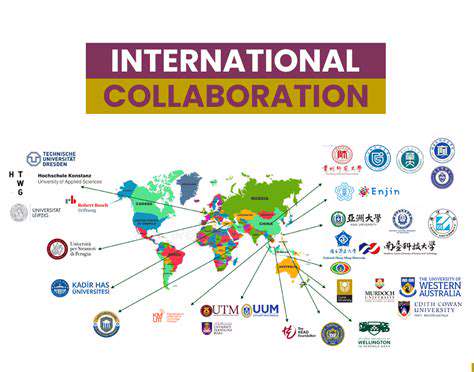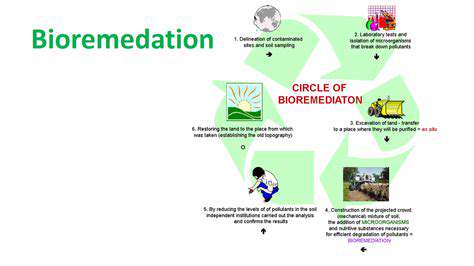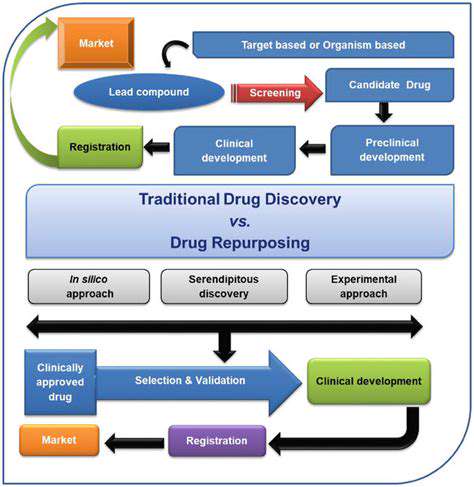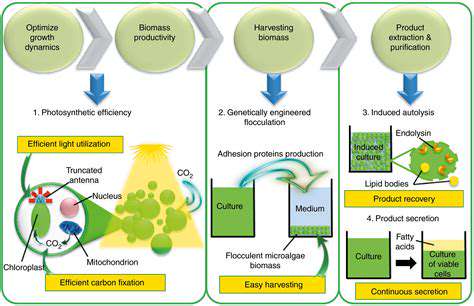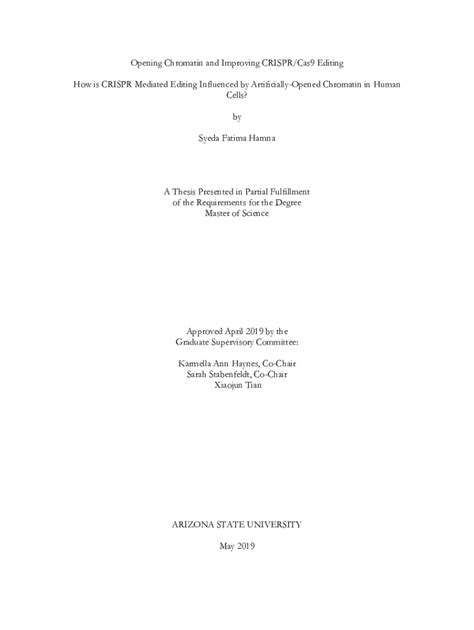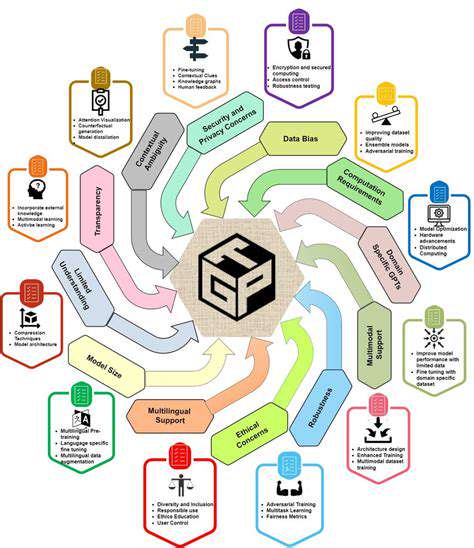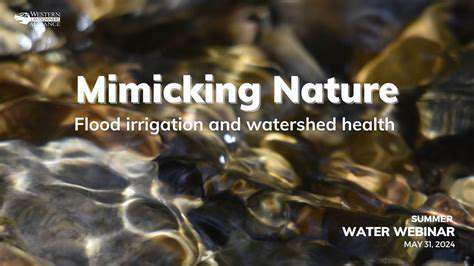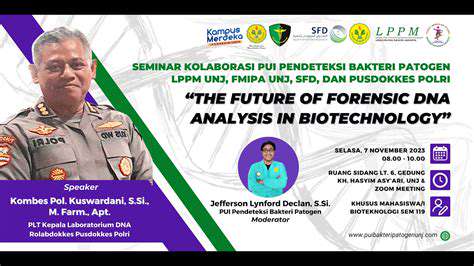Bioaugmentation and Biostimulation: Synergistic Approaches
Bioaugmentation: Introducing Beneficial Microorganisms
Bioaugmentation involves introducing specific microorganisms, often genetically engineered strains, into a contaminated environment. These microorganisms are selected for their ability to degrade or transform specific pollutants. This approach is particularly effective when indigenous microbial populations lack the necessary enzymes or metabolic pathways to effectively break down the contaminants. For example, introducing bacteria capable of degrading petroleum hydrocarbons can significantly accelerate bioremediation efforts in oil spills. The careful selection of the appropriate microorganisms is crucial for success, as introducing the wrong strain could potentially introduce further complications.
Biostimulation: Enhancing Existing Microbial Activity
Biostimulation focuses on enhancing the metabolic activity of existing microbial communities within the contaminated site. This is achieved by providing essential nutrients and electron acceptors, such as oxygen, nitrogen, or sulfur compounds. By optimizing the environmental conditions that support the indigenous microbes, their natural biodegradation processes are accelerated. For instance, adding fertilizers to soil contaminated with pesticides can stimulate microbial activity and enhance the breakdown of the harmful chemicals. Careful consideration of the local environmental conditions is vital to avoid unintended consequences.
Synergistic Effects of Combined Approaches
Combining bioaugmentation and biostimulation offers a synergistic approach to bioremediation. Bioaugmentation can introduce specific microbes with enhanced degradation capabilities, while biostimulation optimizes the environment to support their growth and activity. This combined strategy can lead to a more efficient and effective removal of contaminants. The introduction of specific microbes to a well-nourished environment can lead to a dramatic increase in contaminant removal rates, compared to using either approach alone.
Challenges and Considerations in Implementation
While bioaugmentation and biostimulation hold significant promise, several challenges need to be addressed for effective implementation. The successful establishment and proliferation of introduced microorganisms in a new environment can be difficult. The potential for introduced microbes to negatively impact native microbial communities or the environment itself requires careful consideration. Furthermore, the cost-effectiveness of these approaches needs to be evaluated in the context of specific contaminant types and environmental conditions.
Genetic Engineering and Microbial Selection
Genetic engineering plays a crucial role in bioaugmentation, allowing for the development of microorganisms with enhanced capabilities to degrade target pollutants. This involves modifying the genetic makeup of the microorganisms, often by introducing genes that encode for specific enzymes or pathways. The selection of microorganisms with desirable traits is also critical. This often involves screening a large number of microbial isolates to identify those with the highest biodegradative potential. Selecting the most efficient strains for a given contaminant is a crucial part of the process.
Environmental Impact Assessment and Monitoring
Before implementing bioaugmentation and biostimulation strategies, a thorough environmental impact assessment is essential. This assessment should evaluate the potential risks and benefits of introducing new microorganisms or modifying environmental conditions. Continuous monitoring of the treated site is crucial to ensure that the strategies are effective and safe. Monitoring the microbial community, contaminant levels, and overall environmental health is vital to prevent unintended consequences and ensure the long-term sustainability of the bioremediation process.
